El Árbol del Tule, Spanish for “The Tree of Tule”, is a mighty Montezuma cypress located in the town center of Santa María del Tule in the Mexican state of Oaxaca. Its existence has been chronicled for more than 2,000 years by both the Aztecs and the Spanish that founded the city of Oaxaca, making El Árbol del Tule one of the oldest tree in the world. Its knotted trunk and branches have taken different forms and with a little imagination one can see faces of goblins and monsters and animals.
It is also one of the largest tree in the world and believed to have the widest trunk. Measurements of its circumference, as reported by various sources, vary from 137 feet to over 170 feet. The trunk is so wide that as many as thirty people (some say fifty) with arms outstretched, joining hands are needed to encircle it. However, the trunk is heavily buttressed, thereby appearing thicker and giving a higher reading than it actually is. When this is taken into account, the diameter of the 'smoothed out' trunk comes out to be 30.8 feet, which is still slightly larger than the next most stout tree known, a Giant Sequoia with a 29.5 feet diameter.
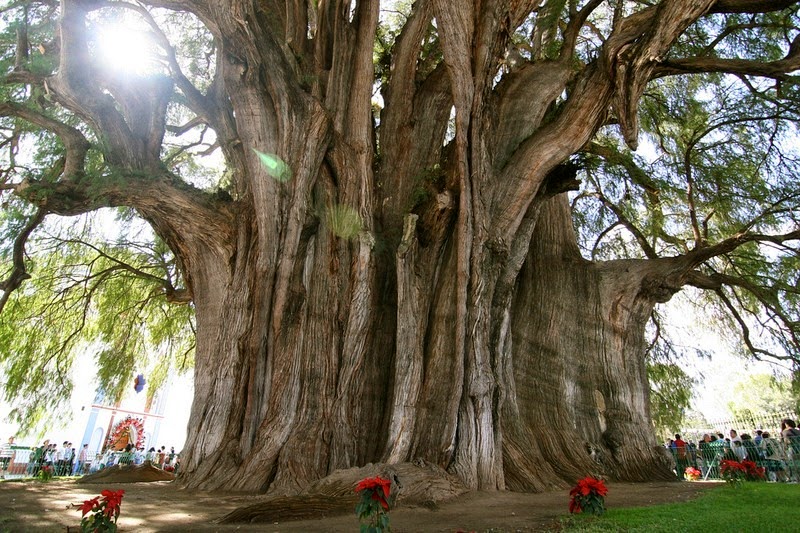
The tree is over 130 feet high – so tall that it dwarfs the town’s main church and its spires. Its fame so wide that it overshadows everything the town stands for. In fact, the entire town appears to be built around this particularly large cypress tree with its crafts market, church and town plaza all next to it. All life and livelihood revolves around this tree.
Traditionally, the population of Tule made their living extracting and processing lime for sale in the city of Oaxaca. In the 20th century, much of the population became farmers, growing corn, beans, chickpeas and alfalfa. With industrialization, the economy of Santa María del Tule became diverse and the tree became the hub of tourism for the community. As many as three-fourth of the town’s population rely directly on the tree for their livelihoods.
Santa María del Tule used to be a lake surrounded by marshes which included many cypress trees. This marsh was also filled with bulrushes which accounts for part of the town’s name. Today, the lake has dried up and the marshes gone. More recently, increased urbanization and irrigated farming has lowered the water table, threatening the tree's survival.
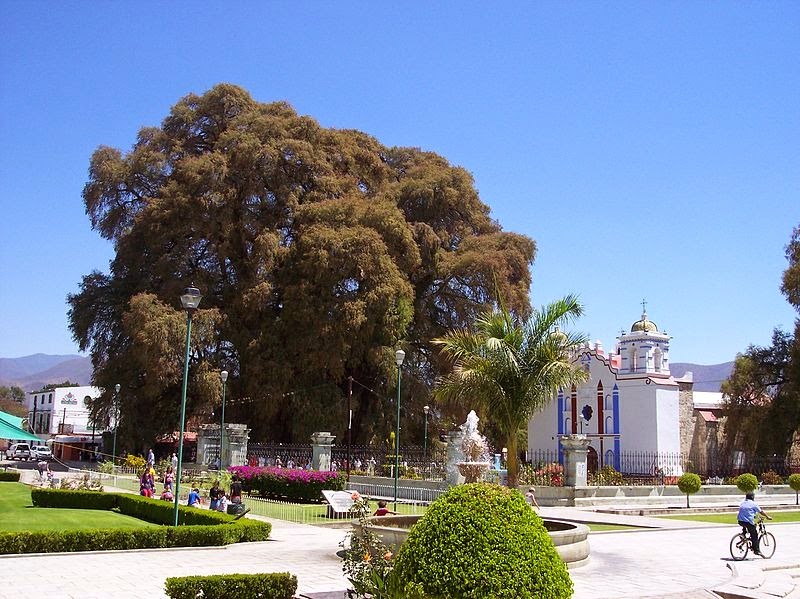
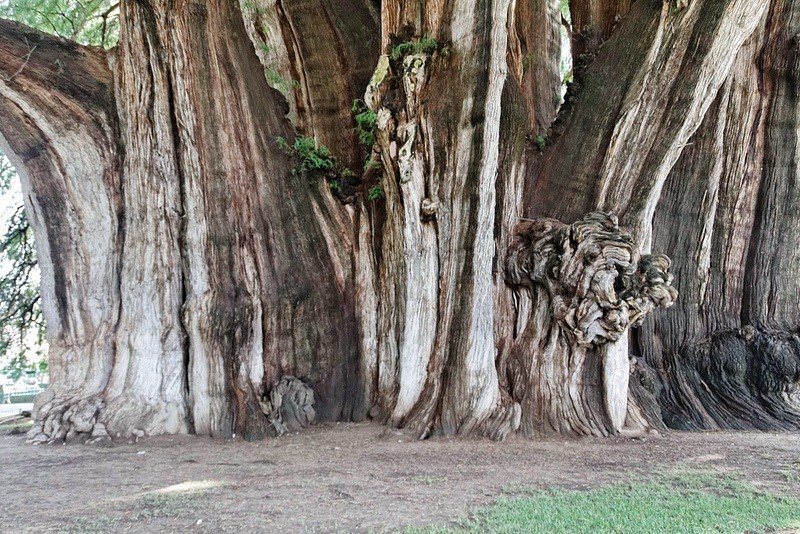
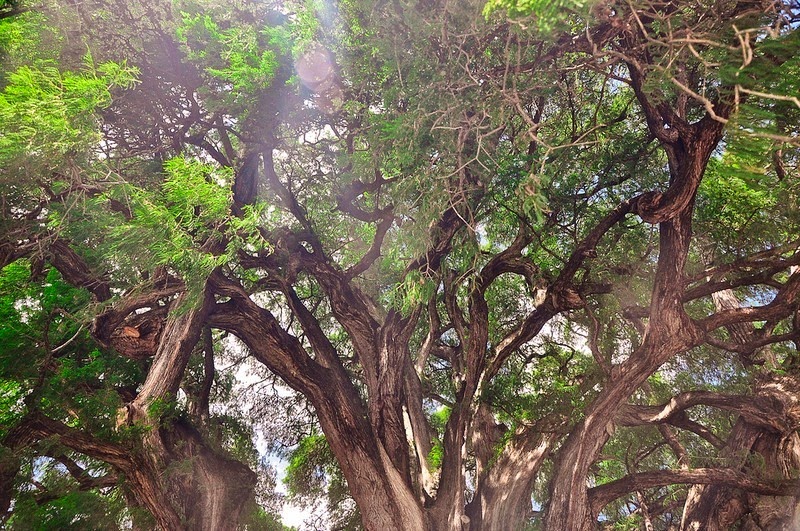
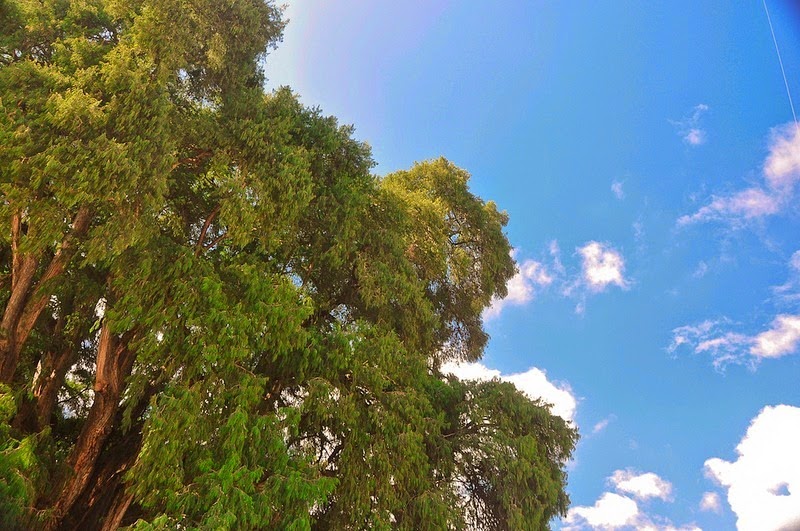



It's great. I hope some day I can see it myself, and feel the spirit of the history.
ReplyDeletei love this tree, all my life and what i love means Oaxaca, my grandpa and daddy were from this beautiful place! Thanks for give me beautiful memories :)
ReplyDelete